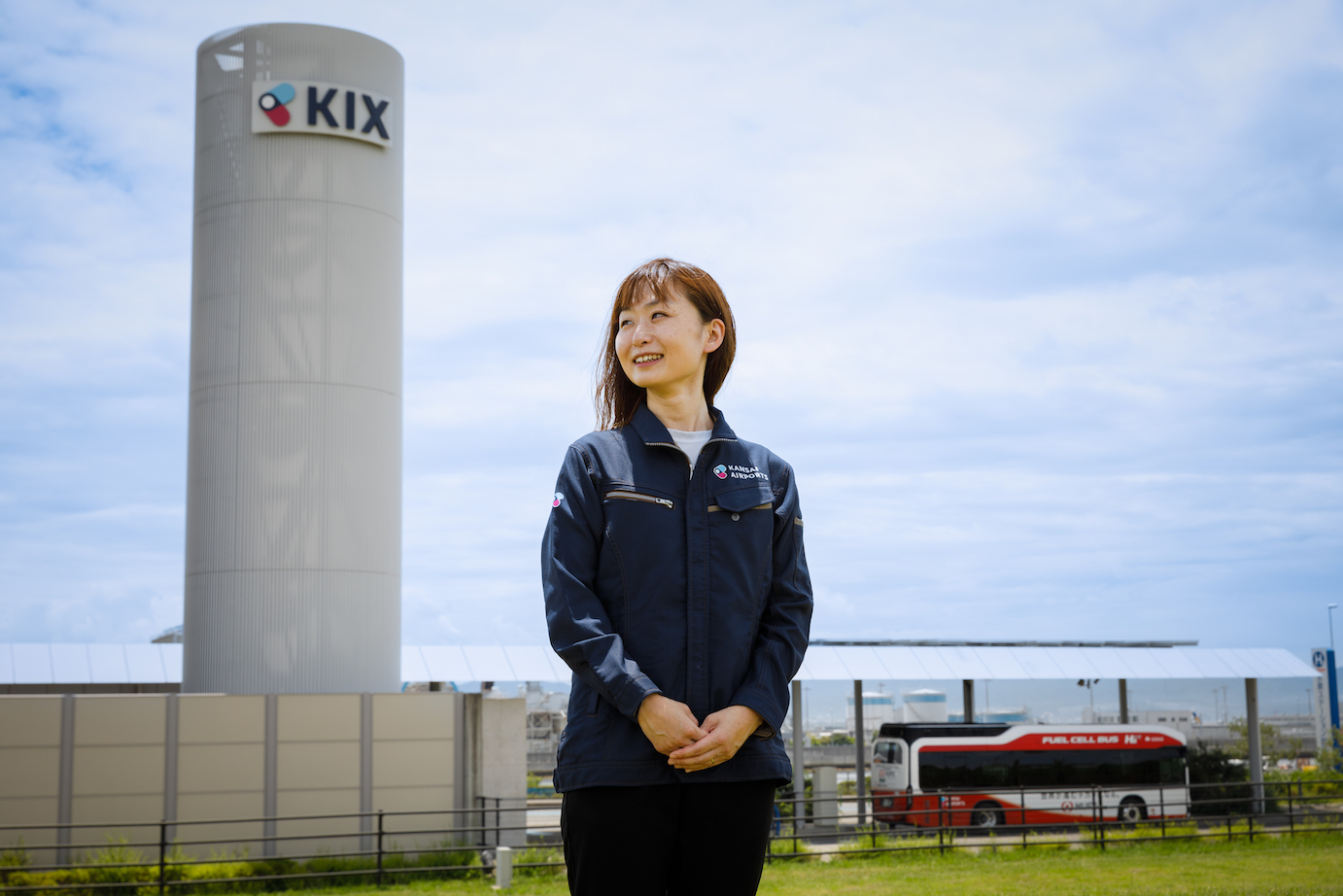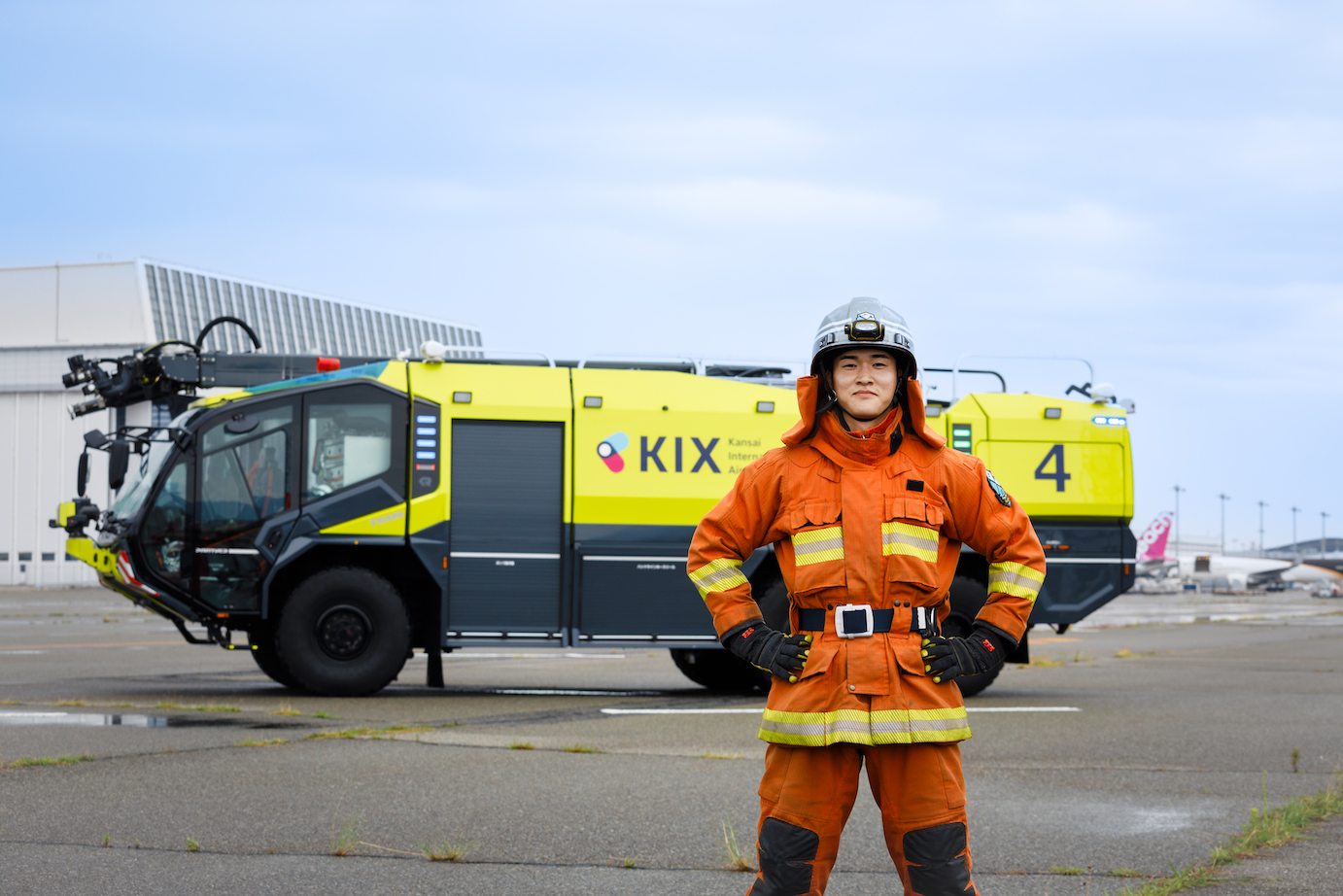- The objective was to create a “new” airport that passengers can enjoy right up to the moment of departure.
- The renovations allow everyone to enjoy themselves in the airport across four distinct areas.
- Creating clear signage that everyone can easily understand
- Aiming to create an airport that all travelers can use safely and with confidence
- Delivering a “new airport experience” from Kansai International Airport to travelers around the world
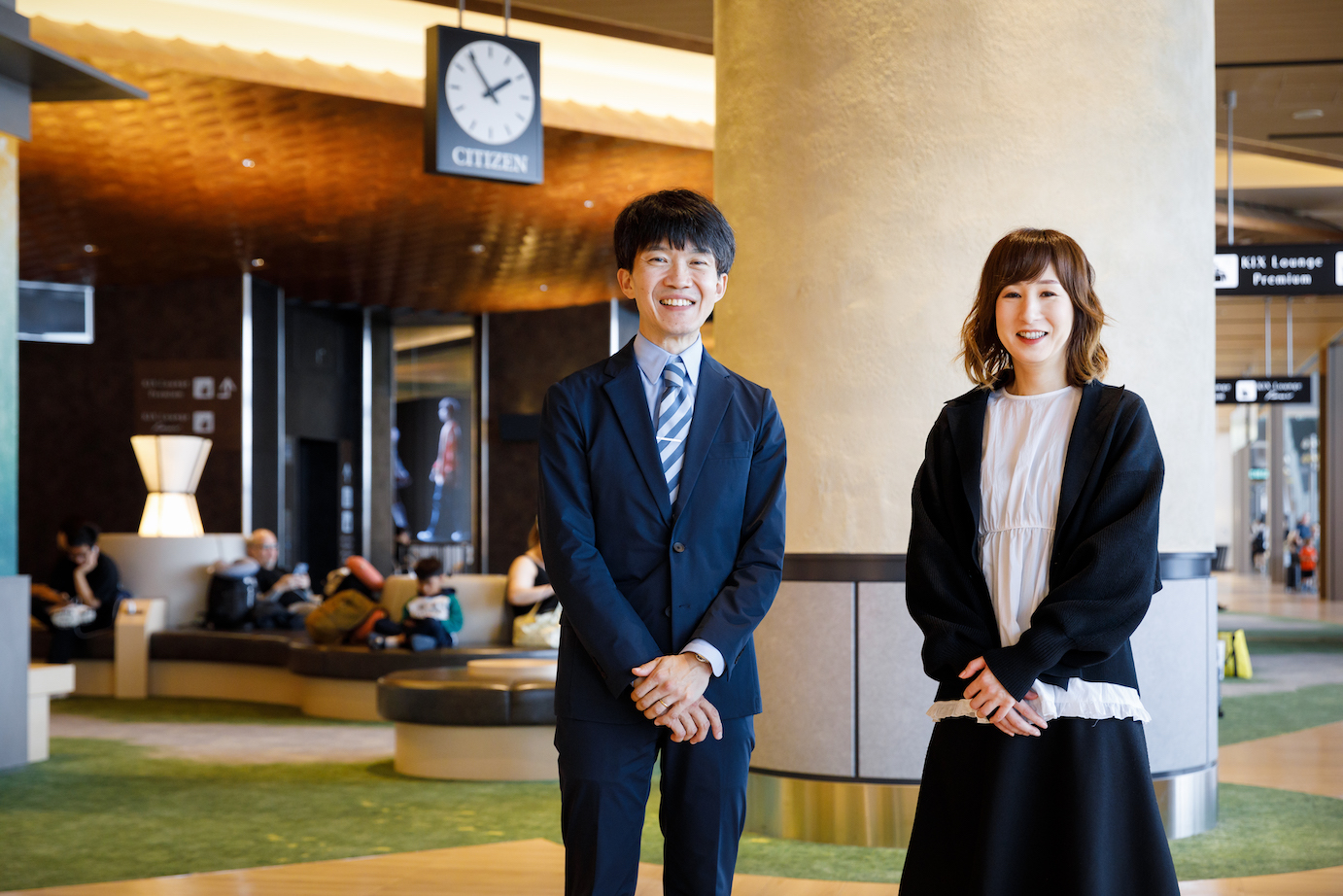
Toc
- The objective was to create a “new” airport that passengers can enjoy right up to the moment of departure.
- The renovations allow everyone to enjoy themselves in the airport across four distinct areas.
- Creating clear signage that everyone can easily understand
- Aiming to create an airport that all travelers can use safely and with confidence
- Delivering a “new airport experience” from Kansai International Airport to travelers around the world
From a facility focused solely on boarding flights to a destination where the journey itself can be enjoyed—
The Kansai International Airport Terminal 1, which celebrated its grand reopening in March 2025, incorporates thoughtful features throughout. These include a commercial zone designed to offer diverse atmospheres and advanced mechanical systems engineered for maximum accessibility and ease of use for all travelers. Here, we will present the behind-the-scenes story of Terminal 1 renovations, along with the perspectives that guided the project.
-
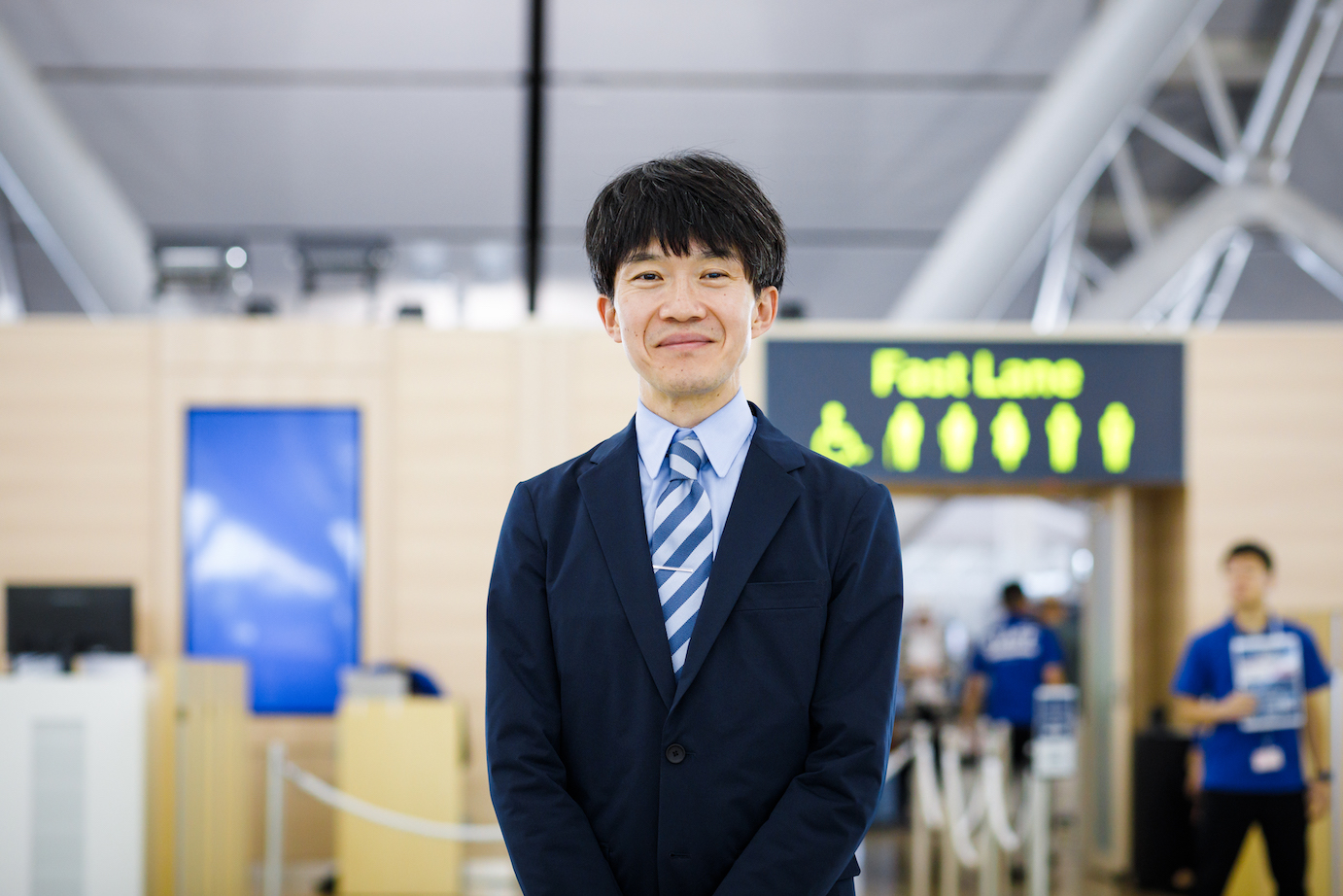
K.T.
Kansai Airports, T1 Renovation Project Management Office, Design/Operation Coordination Team
Worked in the technical department, responsible for the maintenance and management of building facilities, waste facilities, water and sewage systems at Kansai International Airport and Osaka Itami Airport. K.T. has overseen the mechanical equipment for this project since 2020 at the T1 Renovation Project Management Office.
-
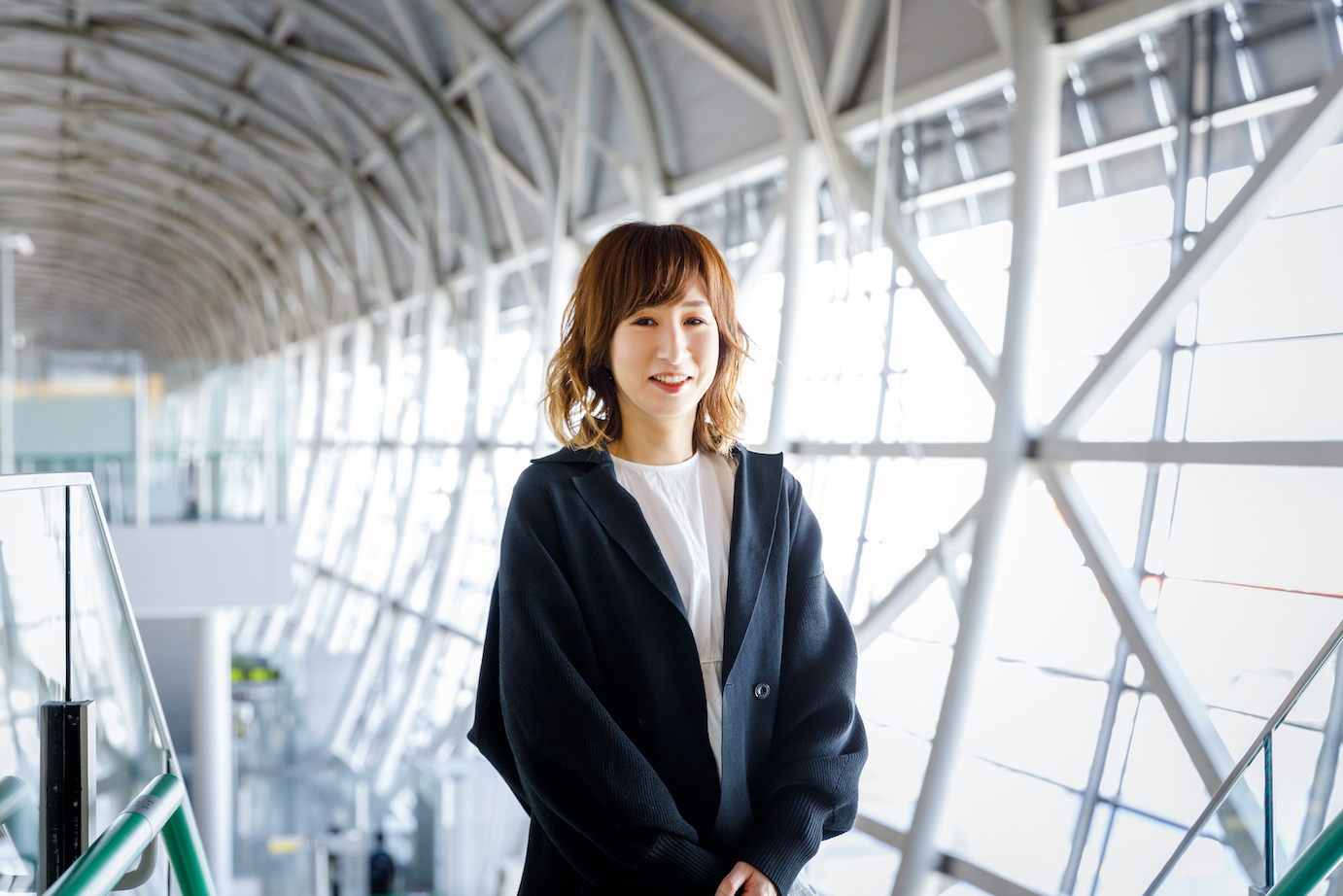
N.A.
Kansai Airports, T1 Renovation Project Management Office, Commercial Planning Team
After working in the technical department on maintenance and facility planning, N.A. transitioned to non-aviation departments where they handled tenant construction coordination and renovation projects for company-operated stores and lounges. Since 2018, N.A. has been responsible for planning and construction supervision of commercial area and wayfinding signage at the T1 Renovation Project Management Office.
The objective was to create a “new” airport that passengers can enjoy right up to the moment of departure.
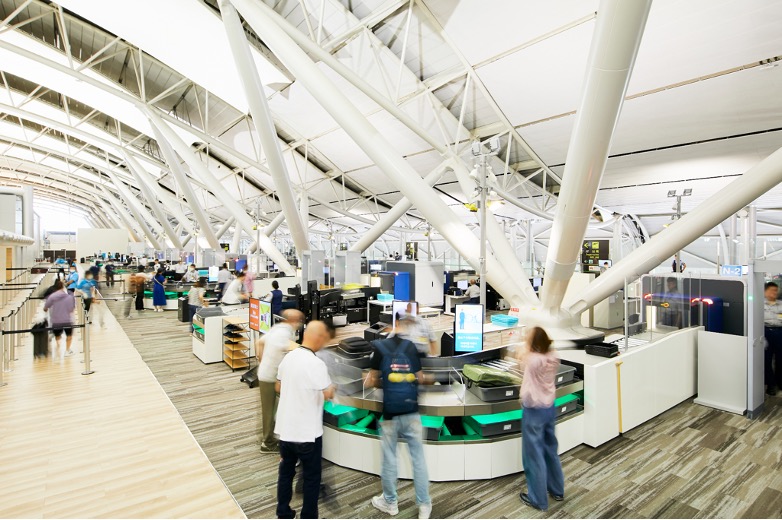
ーーMarch 2025 marked the grand reopening after the renovations of Terminal 1. What was the concept behind the renovations?
K.T:
What we valued most in the renovations was the belief that “the airport is part of the journey” and our commitment to helping customers “Shape a New Journey.” To ensure that departing passengers are able to spend their final moments in Japan in comfort, and that international visitors can continue enjoying Japanese hospitality until the very end of their trip, we gathered opinions from across all departments, and planned our renovations with those perspectives in mind.
N.A:
“Create your own story” acted as one of the central themes of the renovations. The project was undertaken with the goal of transforming Kansai International Airport from simply a waiting area into a place where passengers can discover new ways to enjoy their time at the airport.
ーーWhat were the key points of these renovations?
K.T:
One focus was expanding the capacity of the international terminal, which had become cramped due to increased passenger numbers and congestion. Another was enhancing the airside area, which is the space beyond departure procedures. By achieving these two objectives, we sought to significantly improve the overall airport experience.
ーーPlease talk more about both of your roles in the renovation.
K.T:
I was responsible for the design and construction supervision of equipment such as air-conditioning systems and elevators. Another important role I had was coordinating with various stakeholders during the construction process. Since the renovation took place while Terminal 1 was still in full operation, the greatest challenge was carrying out the work while maintaining passenger safety and comfort… We did construction during limited late-night hours when no passengers were present, and temporary equipment was introduced as we moved forward with the project through a process of trial and error.
N.A:
I was primarily responsible for the planning, design, and supervising the construction of the commercial areas and signage in Terminal 1. Since enhancing the airside area was a major focus of these renovations, my role extended beyond construction planning and supervision to include the selection of tenant stores and considering how to display products.
The renovations allow everyone to enjoy themselves in the airport across four distinct areas.
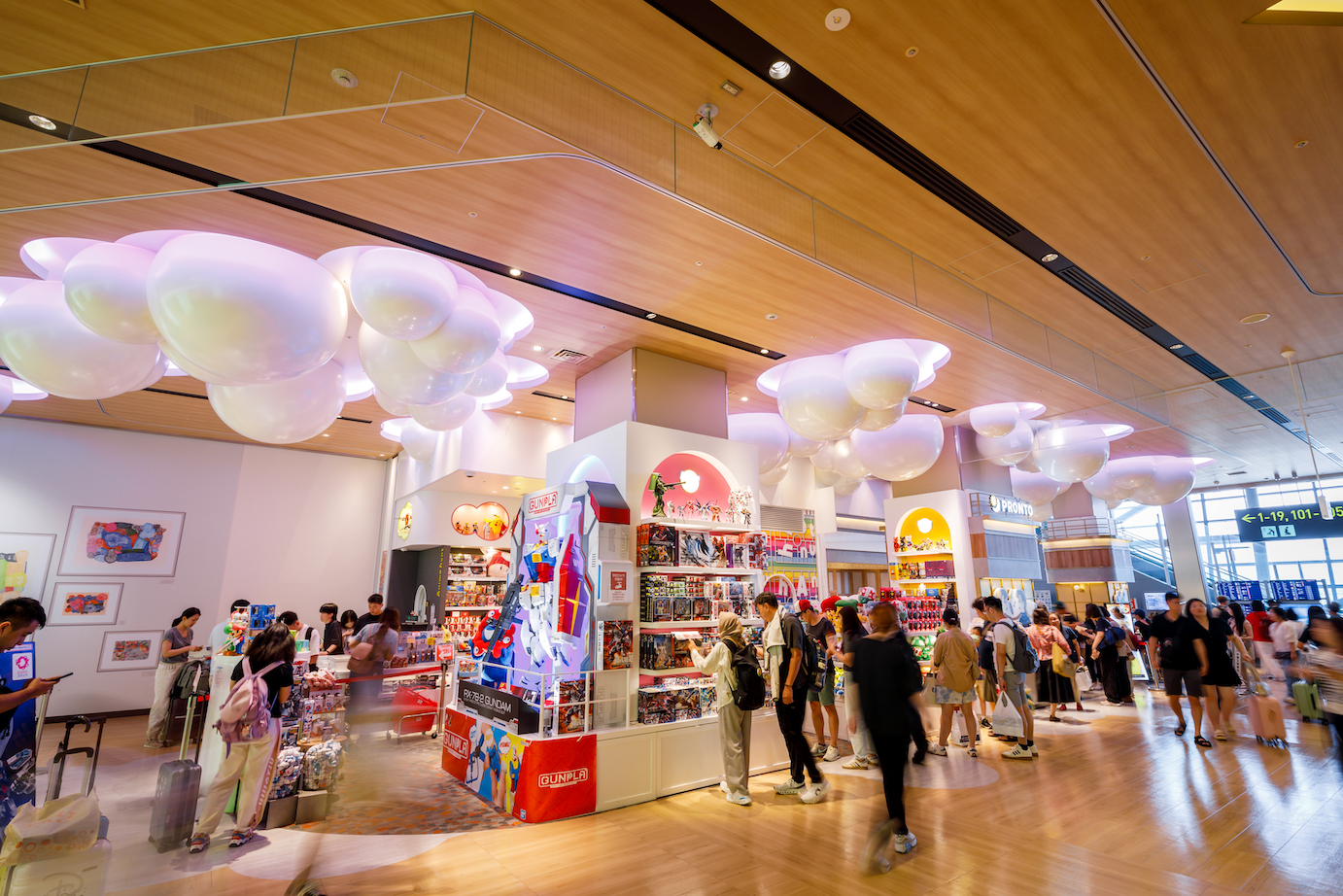
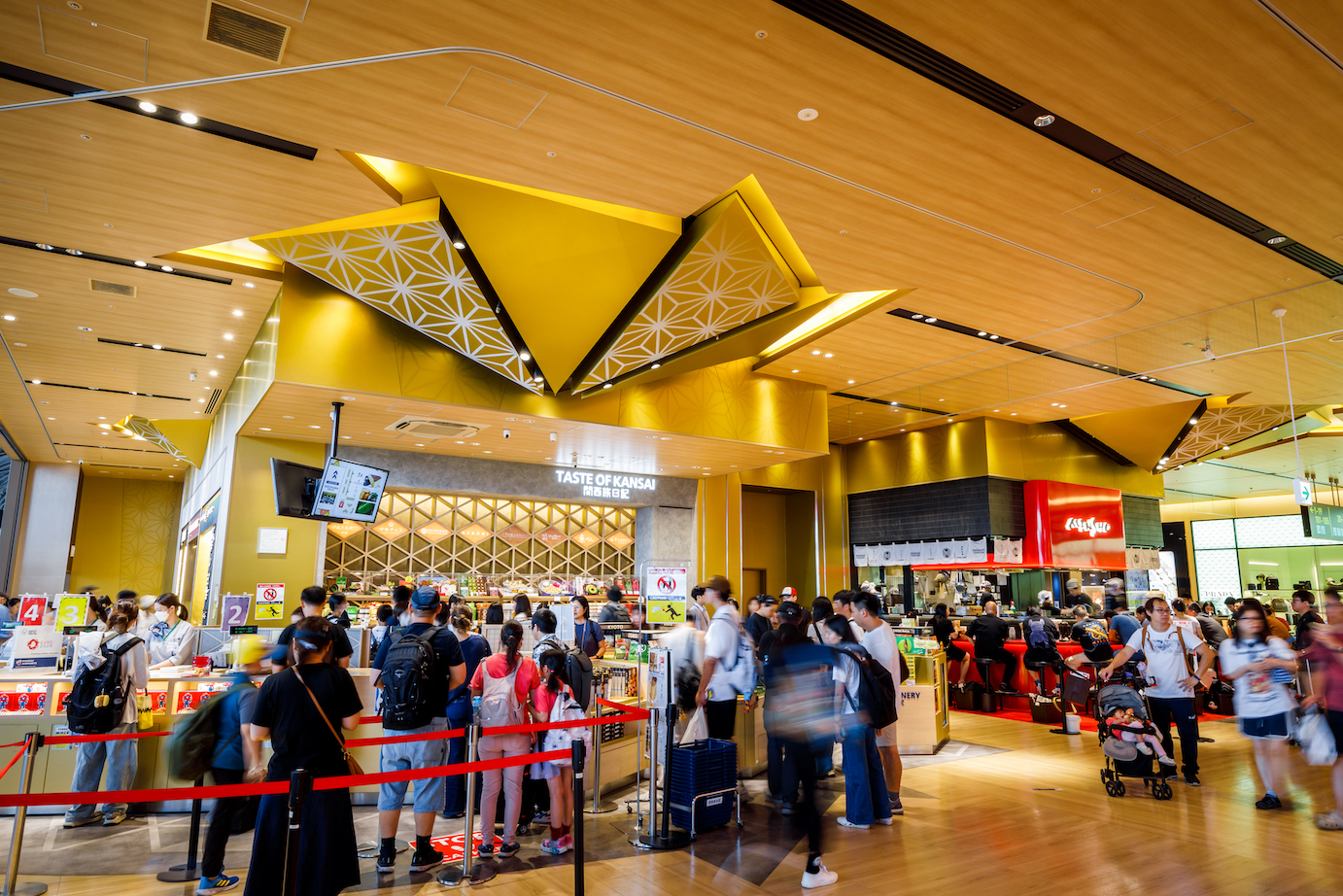
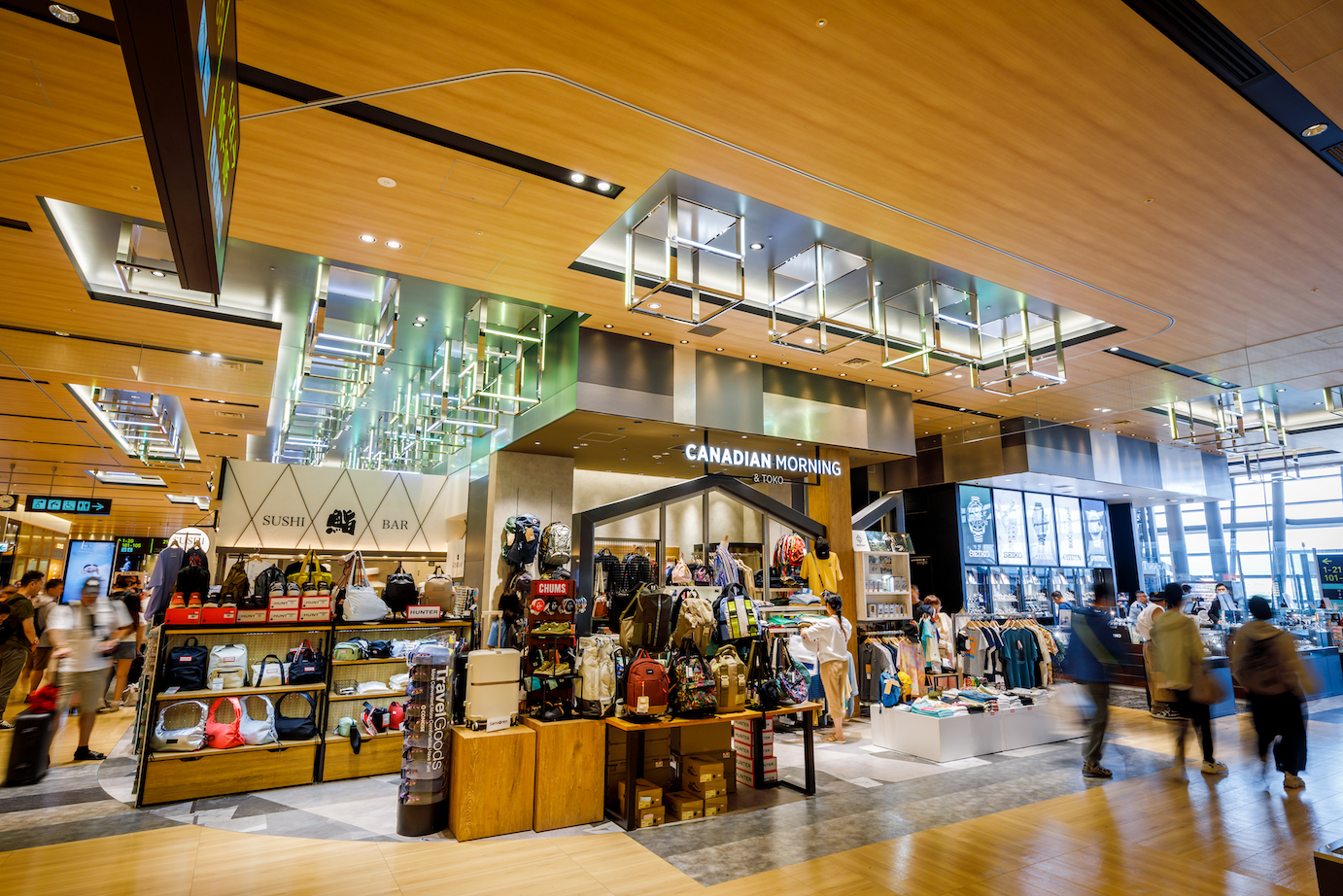
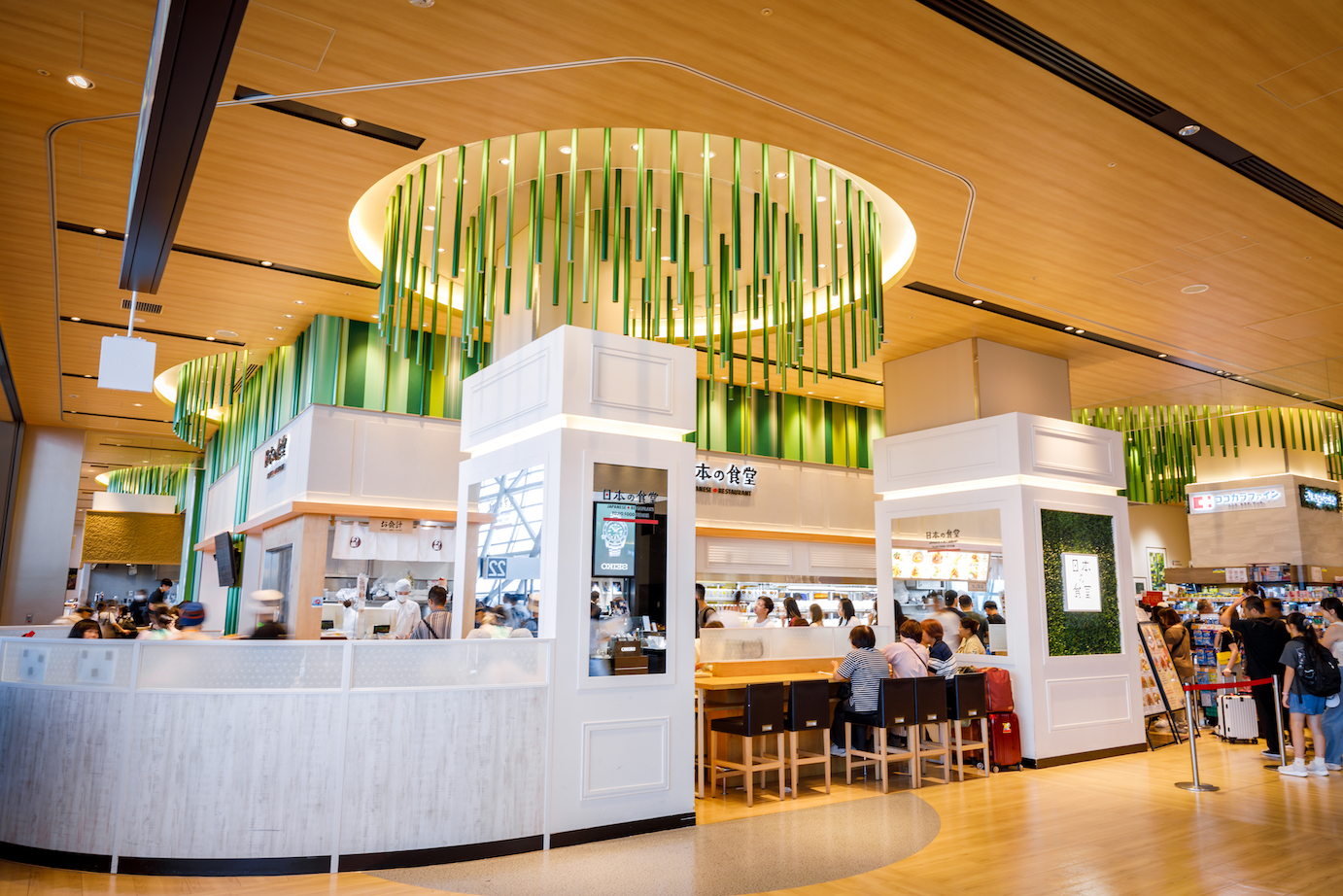
ーーPlease talk about the “MOOD Areas” that has been incorporated into the newly renovated airside area.
N.A:
In the international departure zone, we have introduced a walk-through duty-free shop, the largest of its kind at any Japanese international airport. Beyond this, we created four distinct “MOOD Areas,” each hosting restaurants and retail outlets. Each of the four areas reflects a different theme: FUN, CURIOUS, ACTIVE, and PEACEFUL. These areas let passengers choose shopping and dining experiences that suit their mood as they await their flight.
ーーI see that the “MOOD Areas” offer a fresh experience, with each zone designed around a distinct theme. What kind of spaces were you aiming to create?
N.A:
The “FUN” area features bold colors and dynamic shapes that instantly create a cheerful, energetic atmosphere. The “CURIOUS” area conveys elegance and refinement, offering an environment where travelers can appreciate the beauty of Japan. The “ACTIVE” area embodies vitality and dynamism, designed to encourage lively enjoyment. Lastly, the “PEACEFUL” area provides a natural, calming space where passengers can relax both mind and body.
ーーWhat were the challenges in completing the “MOOD Areas?”
N.A:
When developing the “MOOD Areas,” we first established the “MOOD Concept” as the foundation of the renovations. We engaged an overseas consulting firm to provide proposals; however, many of the initial ideas reflected “how foreigners perceive Japan,” which did not fully align with our own vision of Japanese aesthetics… Some proposals also conflicted with Japanese building regulations, requiring us to go through multiple rounds of revisions in order to refine and realize the aesthetic direction we wanted to convey.
ーーWhen deciding on the “MOOD Concept,” did you draw inspiration from other airports or facilities?
N.A:
We conducted site visits to numerous airports and commercial facilities, both in Japan and abroad. Firsthand observation of European airports, in particular, offered valuable insights into how to improve passenger flow through large walk-through duty-free stores, as well as how to create visual points of interest that capture attention along the way. Beyond airports, we also drew inspiration from overseas membership clubs, which demonstrated how diverse groups of people could interact and enjoy a wide range of experiences within a single facility.
ーーThe MOOD Areas features restaurants, retail shops, and service outlets. How did you share the concept with the tenants?
N.A:
Tenants were carefully selected based on the themes established for each zone within the MOOD Areas. To ensure consistency with the overall concept, we engaged in detailed discussions covering not only store interiors but also product selection, layout, and presentation. Although the process of collaborating with each tenant to create new stores was demanding, it was deeply rewarding to see customers enjoying their shopping experiences once the area was completed.
ーーThe completion of the MOOD Areas, designed to provide a comfortable and enjoyable pre-departure experience, must have required multiple phases of construction and meticulous coordination.
K.T:
Once the design of the MOOD Areas was finalized, our role was to execute the construction work while preserving the intended appearance and atmosphere. We took care to minimize any impact on the design by installing equipment in locations that would not be visible when looking upward and by ensuring that the equipment’s color scheme blended seamlessly with the ceiling.
Creating clear signage that everyone can easily understand

ーーThe clarity of the new signage is striking. What innovations were introduced?
N.A:
Previously, our signage featured navy blue backgrounds with white text. With these renovations, we adopted a new design using dark brown backgrounds with yellow and blue text. While Osaka Itami Airport also employs a similar color scheme, the conditions at each airport differ—such as ceiling height, spatial layout, and passenger flow. Accordingly, we revised the signage guidelines to ensure that signs at Kansai International Airport are appropriately sized and positioned for each area, making them easier to read and understand.
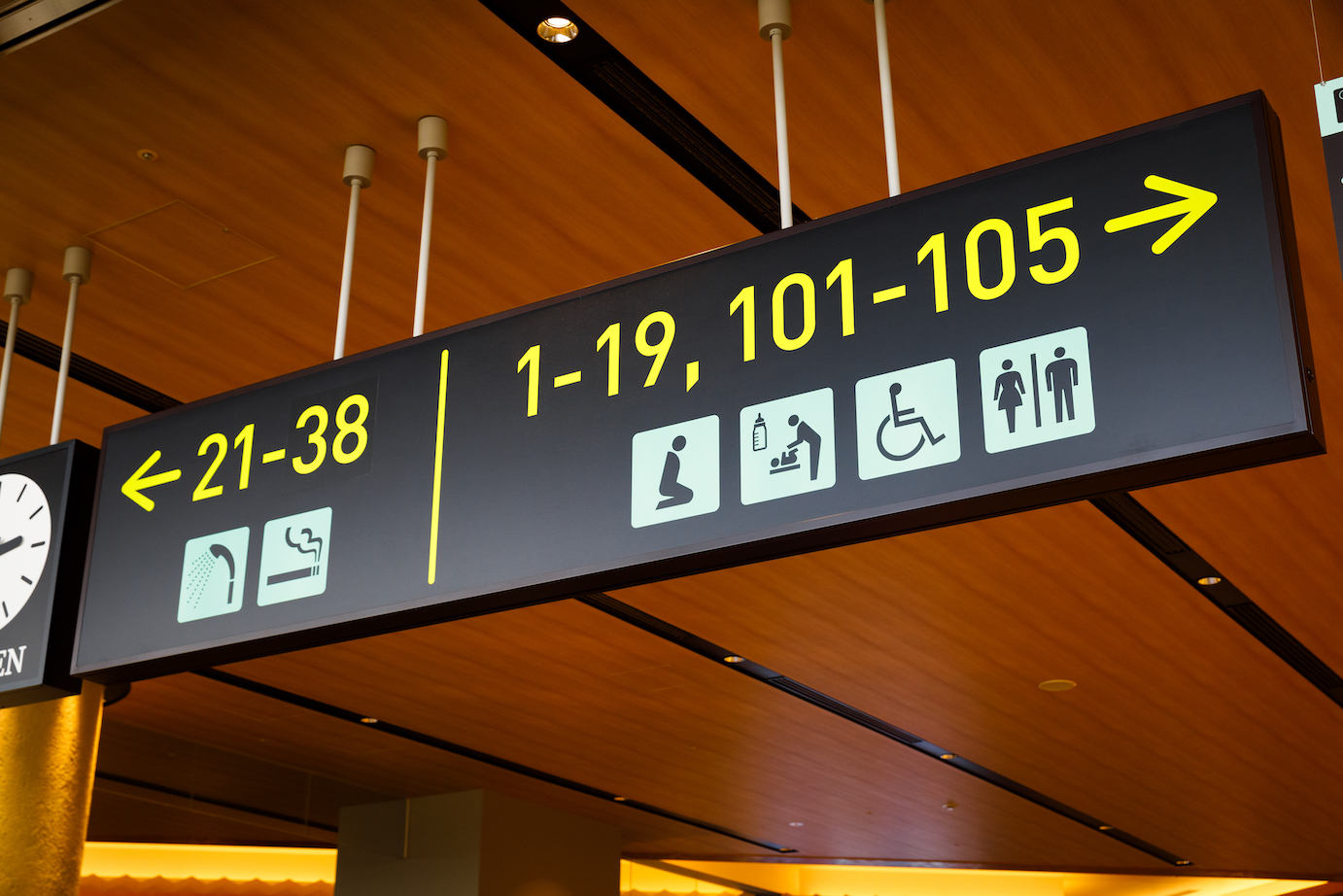
ーーSince Kansai International Airport serves passengers from many different countries, wasn’t it difficult to create signage that is universally understandable?
N.A:
I personally do not have a strong sense of direction, and there have been times at overseas airports when I struggled to understand the signage. Because of this, I placed particular emphasis on the clarity of displays, the positioning of signs, and the spacing between them, so that all travelers can navigate the airport with ease. In these renovations, we adopted a loop-style layout for the commercial areas, so to support wayfinding, we introduced numerous wall-mounted signs with maps in addition to the traditional hanging signs.
ーーWere there any other improvements made during the renovations?
K.T:
We also worked to enhance the working environment for airport staff by installing air conditioning in the cargo handling areas where passengers’ luggage is transported. This improvement was made after carefully considering staff feedback, and we have since received positive responses noting that the workplace environment has become more comfortable.
Aiming to create an airport that all travelers can use safely and with confidence
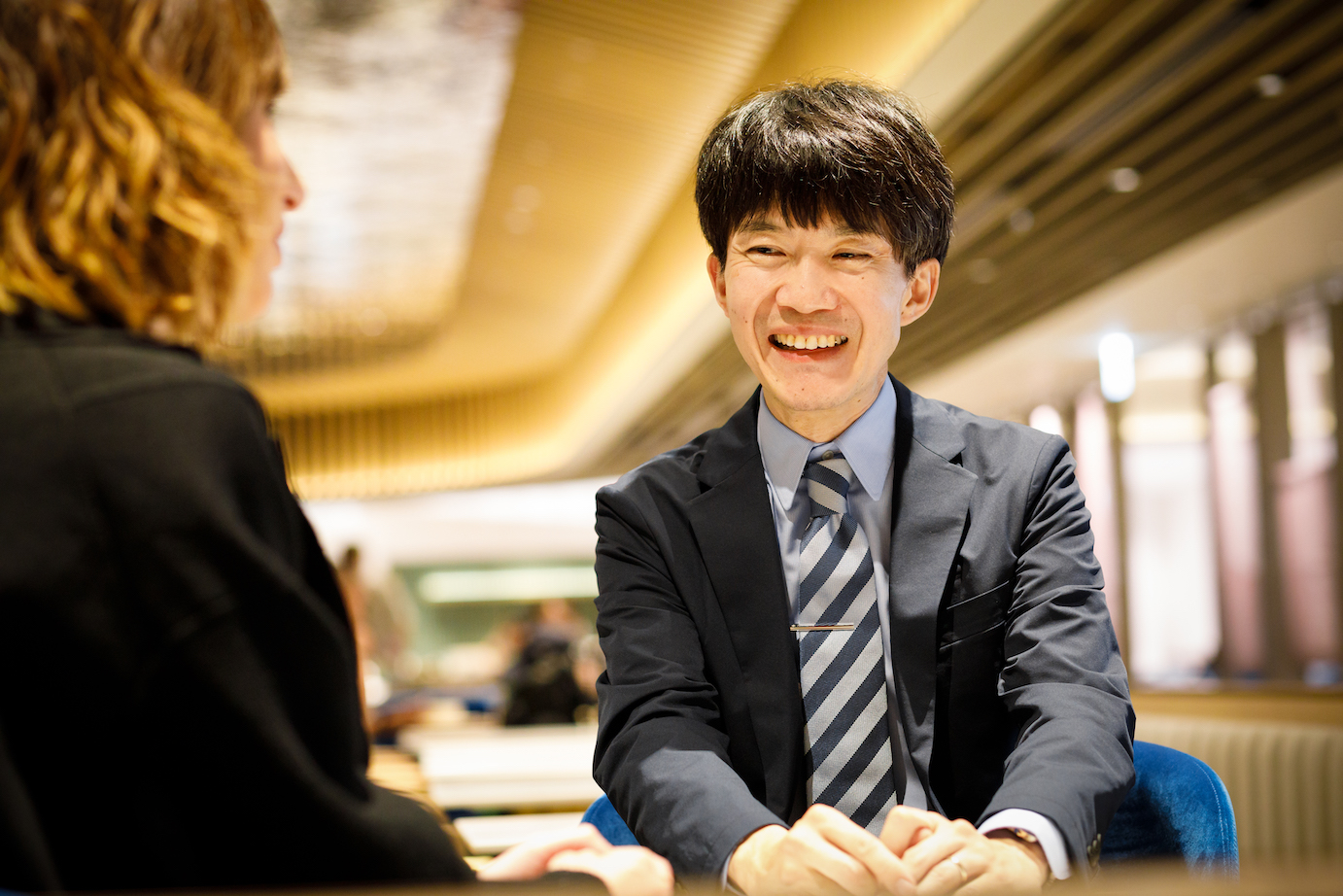
ーーKansai International Airport welcomes passengers from around the world. Were there aspects of the renovations designed to make the facilities more accessible to everyone?
K.T:
We installed large-capacity elevators that can accommodate multiple wheelchairs simultaneously. In addition to increasing their size, we introduced colored flooring to clearly designate priority areas, allowing wheelchair users to enter and exit in a straight line. Furthermore, we implemented QR code guidance so that individuals with hearing impairments can communicate via text in the event they become trapped inside an elevator. These features were developed through input from a wide range of stakeholders, including those directly affected.
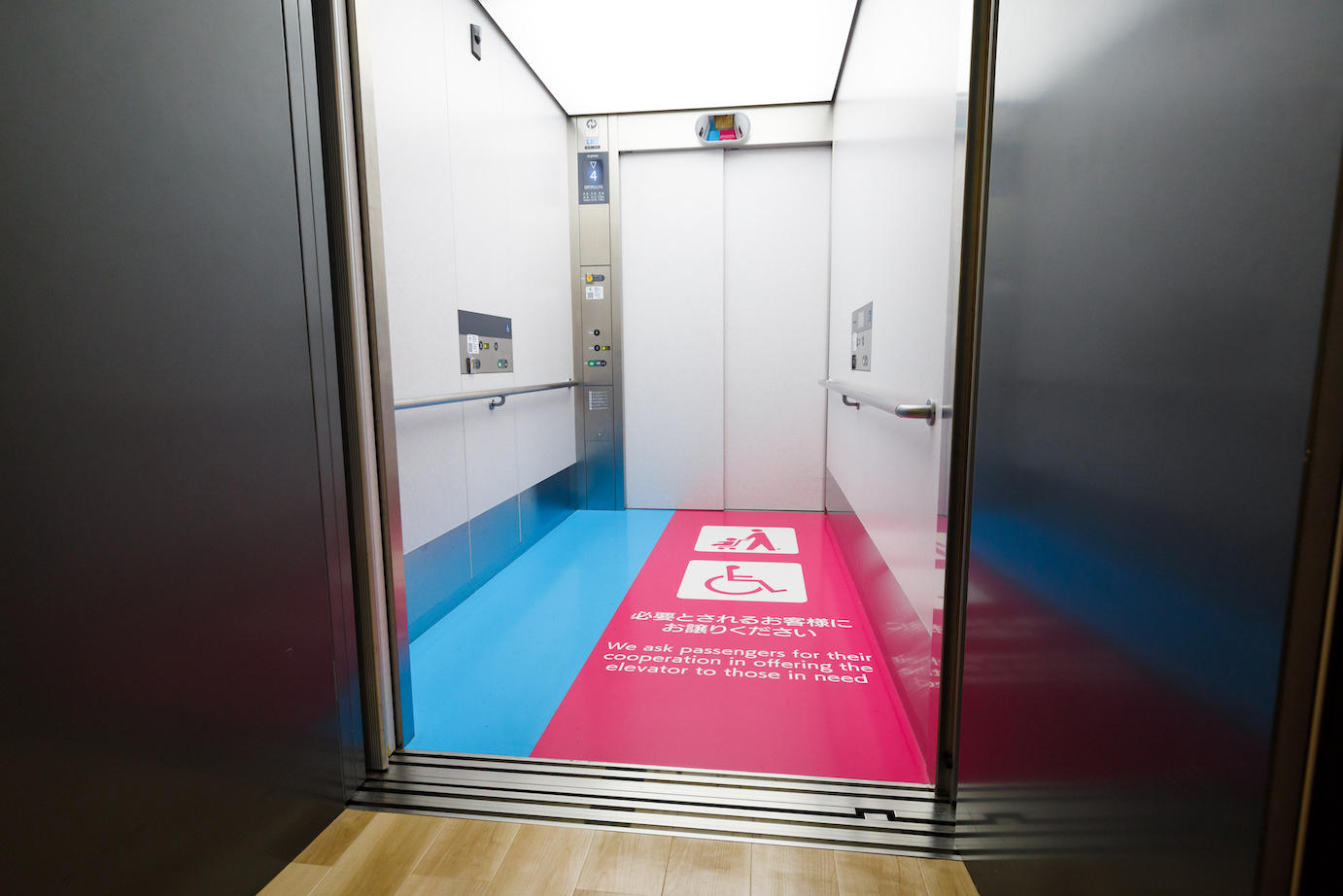

ーーI hear the restroom signs have been updated too.
N.A:
To make the men’s and women’s restrooms easier to identify, we had placed large pink female pictograms and blue male pictograms at the entrances. However, after consulting with LGBTQ organizations, we received feedback that some individuals object to the use of these colors. At the same time, many facilities in Japan use similar color schemes, which has the advantage of being familiar and easily understood. For this reason, we adopted a new approach: the male and female pictograms are presented in a flat design without color, with color applied only as a single accent.
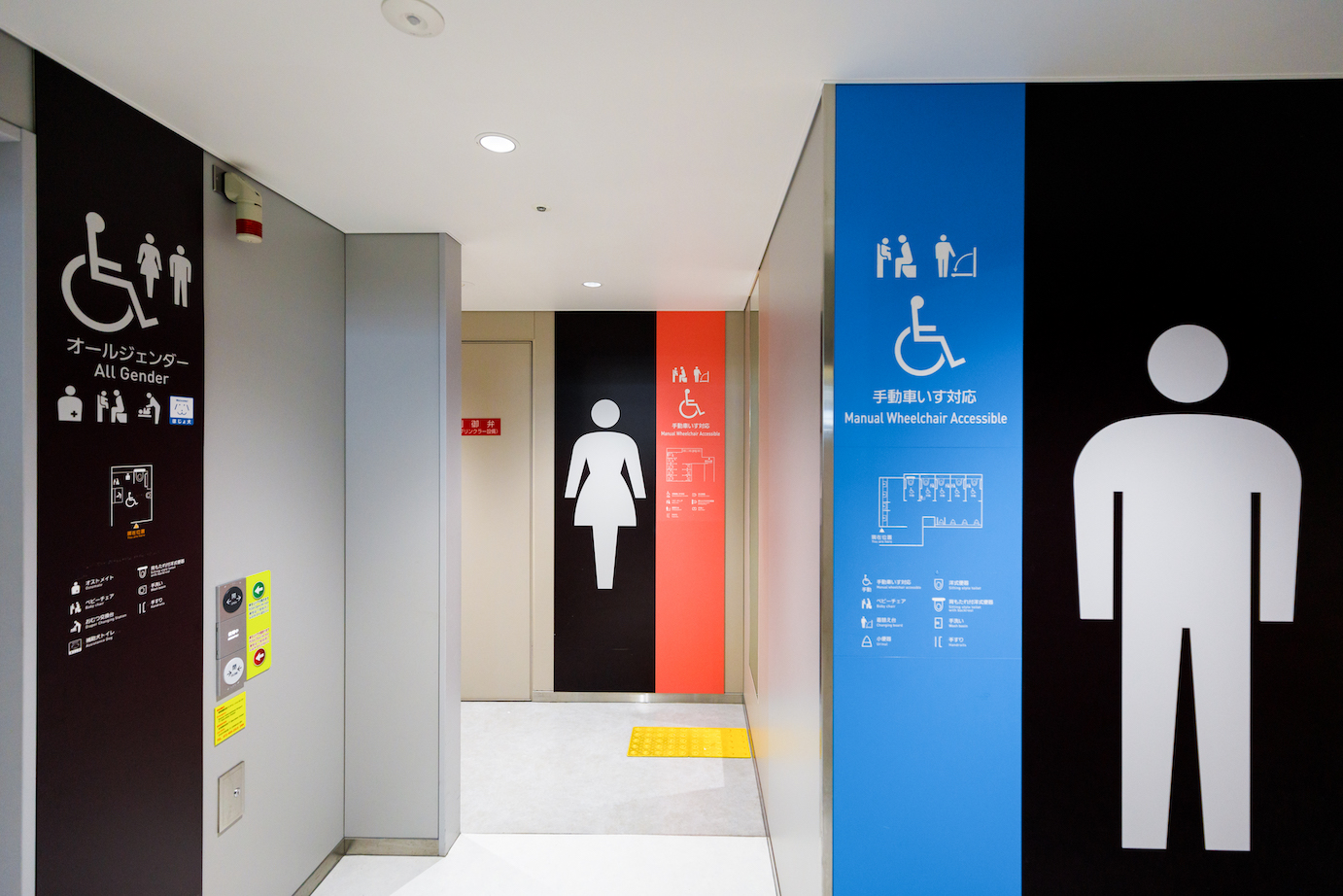
ーーIt seems that a wide range of perspectives have been considered.
N.A:
We placed great emphasis on achieving the highest possible standards of accessibility, making restrooms as user-friendly as possible for all travelers. We expanded the size of the stalls beyond the standard dimensions and installed folding doors to create wider entrances, improving accessibility for wheelchair users and passengers with luggage. We also introduced visual enhancements by color-coding the restroom doors and walls to indicate stall availability, and installed flashing lights to provide emergency alerts for individuals with hearing impairments.
Delivering a “new airport experience” from Kansai International Airport to travelers around the world
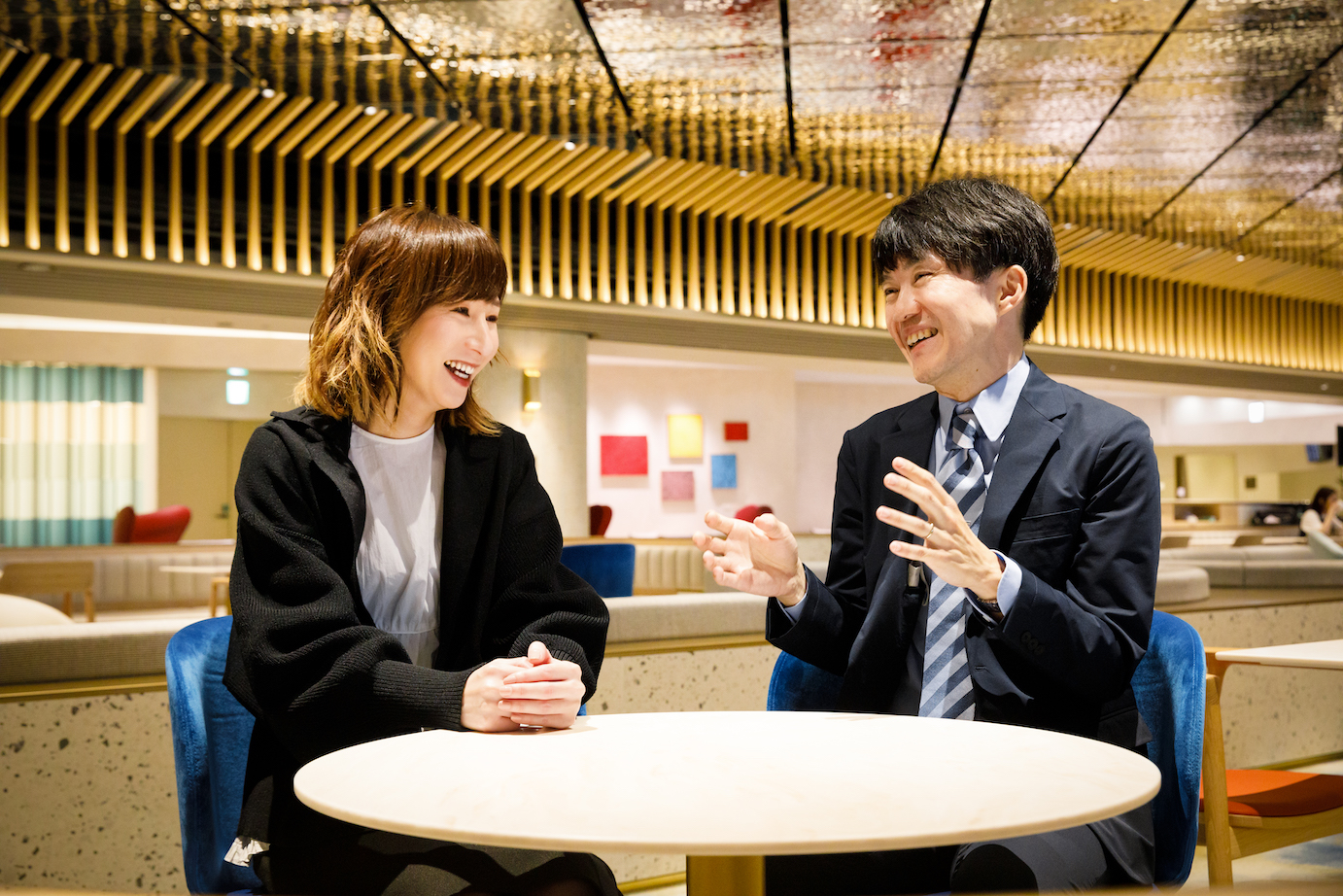
ーーHave you noticed any changes in how customers spend their time in Terminal 1 following the renovations?
K.T:
In the past, the typical flow was to check in, stop briefly at the retail shops, and then head to a restaurant. Now, however, I see more passengers purchasing takeout meals from restaurants and spending additional time browsing and shopping at retail stores. The way customers spend their time in the terminal has clearly evolved!
N.A:
I agree. The airport is no longer simply a point of transit; the time people spend at the airport itself is becoming part of the overall travel experience. I believe Kansai International Airport’s vision of offering a “new airport experience” is steadily taking shape.
ーーI hope that more and more passengers will choose to enjoy the newly renovated Terminal 1 at Kansai International Airport in the years ahead.
K.T:
Many people I speak with are still unaware of the renovations, and I would like more travelers to experience the renewed Terminal 1 at Kansai International Airport. My personal recommendation is the international airline common lounge, “KIX Lounge Kansai (*).” Its interior design, inspired by the Kansai region, combined with beautiful decorations featuring local art and crafts, offers passengers a unique and memorable travel experience.
* This is a common-use lounge for international airline passengers. Usage conditions vary depending on the airline.
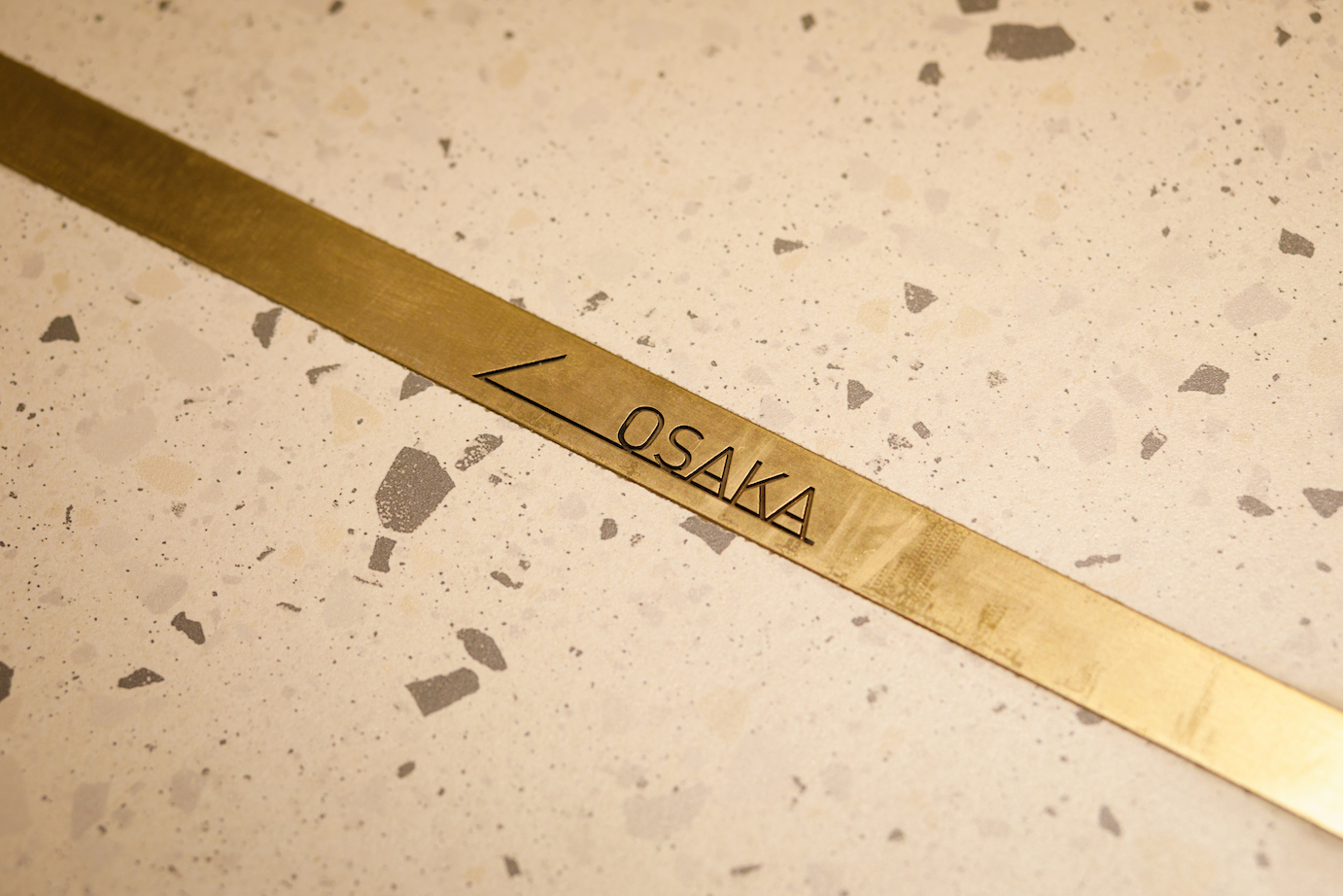
N.A:
Even for those who usually depart from Terminal 2, we hope this will be an opportunity to experience Terminal 1. Security checkpoints and immigration areas, which can often feel tense, have been designed with a warm, wood-accented, Japanese-style aesthetic. Our aim was to create an atmosphere of comfort not only in the commercial zones but throughout the entire facility. We look forward to welcoming you to Kansai International Airport and hope you enjoy a memorable experience from the very start of your journey to its end.

Behind our efforts to aim for greater heights and shape the future are great efforts and wishes of a lot of people supporting the airports.
In “Fly High,” we show you the passion and future vision of people involved with the airports with diverse stories of people working at the airports, those who grew up with the airports, those who love airplanes.


